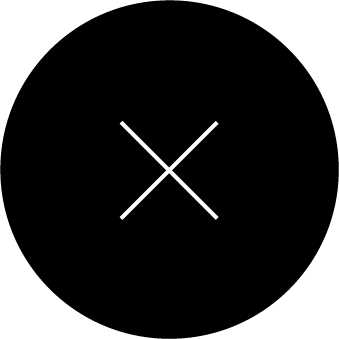An Exploration into the Dark Patterns of UX

Since the term’s advent in the early 1990s, digital UX design has been forced to evolve as quickly as the fast-paced world it unveils. It is an impressionable field, loaded with possibilities for businesses: User experience has an overwhelming influence on performance indicators such as conversion rates, customer retention, and cost of acquisition.
Still, the map for great UX is rife with uncharted waters; practices widely discussed yet fractionally explored. Possibility goes as deep as the ocean floor, but just as much as there are bright spots full of color and life, there is dark territory.
A Look into the Dark Side
Dark UX — or, as UX expert Harry Brignull calls them, dark patterns — are the shifty corner of UX known for their deceptive and exploitive nature. Think: free trials with hidden charges, spam that bombards your contact list, click patterns that make it difficult to unsubscribe, and so on. Unlike sloppy digital design, these are strategic efforts to manipulate and limit the autonomy of a user’s digital experience. Dark patterns take advantage of human behavior and prey on our propensity to make honest, informed decisions. These shortcuts can damage your brand’s image or ability to retain loyal clients.
To avoid these dark patterns, you must first learn to identify them.
3 Dark UX Patterns to Look Out For
1. Roach Motel
Having a hard time unsubscribing from marketing emails? So is everybody and their dog. A tactic that purposefully obstructs a user’s experience, a roach motel can require a full hero’s journey to do something as uncomplicated as cancel a membership or unsubscribe from an email marketing list. Just like a pest trap, these kinds of design strategies are easy to walk into but hard to exit. Requiring a user to call a number in order to cancel a subscription, only to then be dissuaded by a sales rep named Ethan? No, thank you, Ethan. Treat the humans looking at your website more like humans and less like pests to capture.
2. Trick Questions
No, I do not want to opt in, and I’m not sure how I just did. Brignull describes trick questions as a method of manipulating language to encourage actions that would benefit a business. For example, when filling out an online form, options may be listed in false hierarchy. You click “no” instead of “yes.” Or perhaps there are confusing double negatives and syntax that leads you to believe you are doing one thing, but you’re actually doing another. Poor cognitive fluency is poor design.
3. Confirmshaming
Raise your hand if you’ve ever felt personally victimized by a webpage. Confirmshaming is a type of dark pattern that guilt-trips users into a call to action. No, I don’t want free money. Sorry, I am boring. No thanks, I know everything already. Language that shames users in exchange for a lead is a backward approach to empathy. No one should have to ask the question while on your website: Is the Internet mean-girling me?
The Good, The Bad, and The Dodgy
Today, dark patterns like these are commonplace. The digital landscape is a competitive one, and in trying to keep up and stand out, businesses find themselves questioning the boundaries. As D Custom Creative Director Parker Peterson described it, many designers are having to ask themselves: Is it dark or is it different?
At D Custom, this is how we draw our line:
1. People are priority. UX is about clarity and creating an effective and delightful experience for your audience. They’re the ones who get to define what makes UX valuable. P.S.: For today’s audiences, transparency and a socially responsible business are high-priority.
2. Use empathy, not guilt. Standing out doesn’t have to mean bending morals to win business. Connecting through empathy requires the good kind of creativity, and when done right, it can inspire positive change.
3. Set the example. When we don’t know what we don’t know, we allow negative practices to exist and progress. Do your research — both externally and internally. Educate yourself on user values. Define your business values as a company. Then, be a part of the solution, not a part of the problem.
At D Custom, we’re striving to make strides in UX the right way. It’s what makes for good content marketing and happy clients.
Want to know more about how we create quality design? Contact us.


